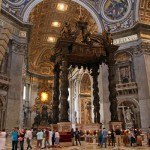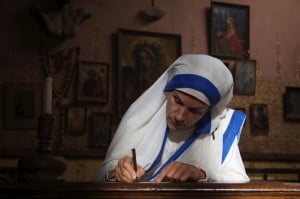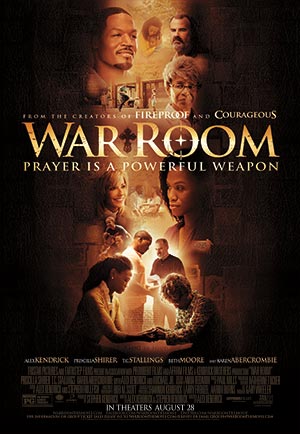Plans are moving forward on director Martin Scorsese’s ambitious film project Silence. After several years of delays and litigation, filming is set to begin in September for the epic story about Jesuit missionaries who risked persecution and even death to bring the Gospel to Buddhists in seventeenth-century Japan.
Liam Neeson (Schindler’s List, Batman Begins, Star Wars: Episode One) will play the role of Jesuit Father Ferreira. Andrew Garfield (Amazing Spider Man) will play the younger Father Rodriguez, who travels to Japan in search of his spiritual mentor, following reports that Father Ferreira has apostasized. Adam Driver (Lincoln, What If) has been cast in the role of Rodriguez’ companion, Father Francisco Garrpe.
* * * * *
How will Martin Scorsese depict these suffering missionaries in the Land of the Rising Sun? The director is best known for his dark and tragic films like Raging Bull and Gangs of New York; will he effectively capture the spirit of love and forgiveness which characterizes the Christian missionary quest?
Scorsese, a Catholic, directed the controversial Last Temptation of Christ, which depicted the crucified Christ imagining another, easier life in which he’d married Mary Magdalen, who had borne his children. I was cautioned against the film by scores of picketers who protested the showing of Last Temptation, and I did not see it during its theatrical release; but I later viewed the film as part of a graduate course on “Christ in Faith and Fiction.” Watching the film in a university classroom, I didn’t recognize the bold sacrilege alleged by the film’s well-intentioned critics; but rather, I saw a moving depiction of the suffering Christ whose sufferings included not only the physical trauma, but also the pain of knowing that he could, should he choose, come down from the Cross and walk off into a happier life. Scorsese stayed true to the Gospel narrative, and Christ did not succumb to that last temptation. He died on the Cross, opening heaven to those who were drowning in their original sin.
Harper’s Magazine, in July 2011, carried an article by Vince Passaro on Scorsese’s Catholic themes. The National Catholic Reporter‘s Joe Ferulla in turn reported on that article, which called Scorsese “one of America’s most Catholic filmmakers”:
But in the July edition of Harper’s Magazine, Vince Passaro writes passionately about how Scorsese’s strong Italian Catholic upbringing lies at the heart of the stories he tells on film. In interviews, Scorsese has admitted that one of his great themes is betrayal — and Passaro notes that in each movie, Scorsese’s turncoat ends up alone, isolated from society, a Judas who pays a heavy price. More than that, Passaro writes, Scorsese’s tragic figures demonstrate “what becomes of men who are separated from God, men who are lost.”
The great tragic flaw of Scorsese’s characters is the belief they can get by without God, and without moral choices: the violent boxer in “Raging Bull,” the crazed vigilante of “Taxi Driver,” even the soaringly wealthy and successful Howard Hughes at the center of “The Aviator.” Each believed he didn’t need God (or perhaps were God-like themselves), and paid a deep price: loneliness, insanity, death.
* * * * *
A little of the backstory regarding the Japanese missionaries:
In 1549, when St. Francis Xavier and two companions first set foot in Japan, the nation was Buddhist; yet they were permitted to preach and teach, and the Jesuit and Franciscan missionaries in that country converted half a million people with the message of the Christian Gospel. Christian churches were visible throughout the land which had once held only Buddhist temples. Large numbers of laypeople joined their effort as catechists, and a local seminary was established to prepare native-born Christian men for the priesthood.
But in the seventeenth century, the government reversed its policy of tolerance, and Christianity was banned. Japanese military officials ruthlessly rooted out Christians for persecution and execution. Among those executed for their faith were St. Paul Miki and Companions, 26 martyrs who were tortured in Nagasaki in 1597 by having their noses and ears cut off, then were crucified on a hill overlooking the city.
Brother Paul Miki, best known of the Nagasaki martyrs, preached to the crowd gathered to witness the execution, saying:
“The sentence of judgment says these men came to Japan from the Philippines, but I did not come from any other country. I am a true Japanese. The only reason for my being killed is that I have taught the doctrine of Christ. I certainly did teach the doctrine of Christ. I thank God it is for this reason I die. I believe that I am telling only the truth before I die. I know you believe me and I want to say to you all once again: Ask Christ to help you to become happy. I obey Christ. After Christ’s example I forgive my persecutors. I do not hate them. I ask God to have pity on all, and I hope my blood will fall on my fellow men as a fruitful rain.”












